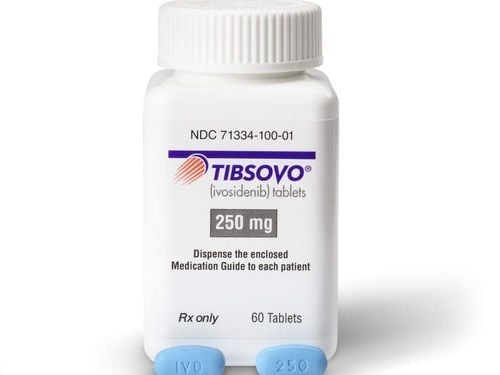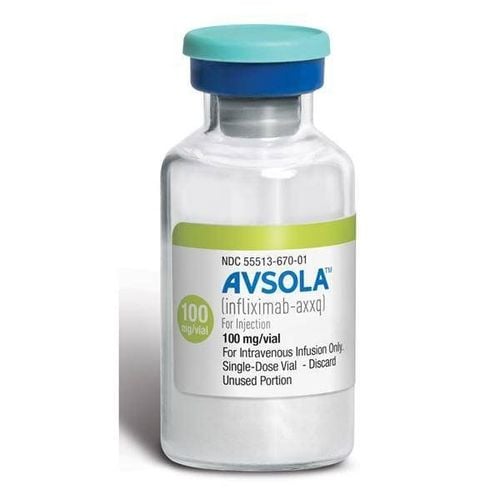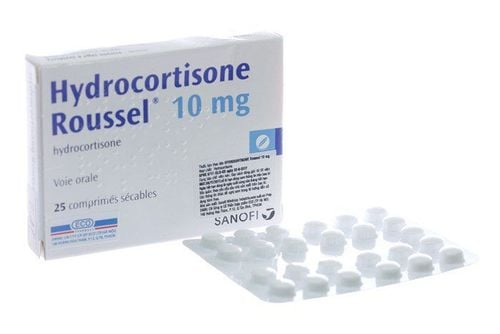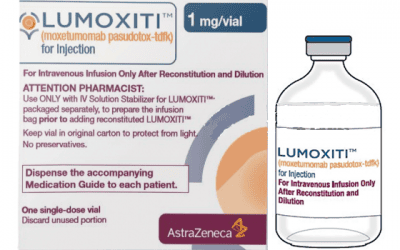This is an automatically translated article.
Hair cell leukemia is a rare blood cancer where the bone marrow makes too many B lymphocytes - a type of white blood cell that fights infections. Because these excess B cells are abnormal and look "hairy" under the microscope, this condition is called hairy cell leukemia. When the number of cancer cells increases, other blood cells such as red blood cells and platelets decrease, the patient will experience dangerous complications.1. What is hair cell leukemia?
Hair cell leukemia is a chronic lymphocytic leukemia, described and named after the appearance of the hair-like cytoplasmic region seen on the surface of abnormal B cells.
Hair cell leukemia is recognized as a form of neutrophil B-cell malignancy, defined by rearrangements of surface antigen-expressing immunoglobulin genes.
This is a feature that helps to distinguish the difference between the normal B cells, the immature form of chronic lymphocytic leukemia and the plasma cells of multiple myeloma. When massively proliferated from the bone marrow and released into the peripheral blood, these cells will invade the reticuloendothelial system, such as the liver and spleen, causing patients to have hepatomegaly and splenomegaly.
They even interfere with the function of the bone marrow, leading to bone marrow failure in the production of other blood cell lines.
In general, hair cell leukemia is relatively rare, accounting for 2% of all leukemia cases. The disease occurs mainly in middle-aged men with an average age of 49-51 years. The cause of the disease is still unclear, although some researchers suggest that exposure to radiation, benzene, pesticides, or other solvents may be risk factors for the disease. hair leukocytes.
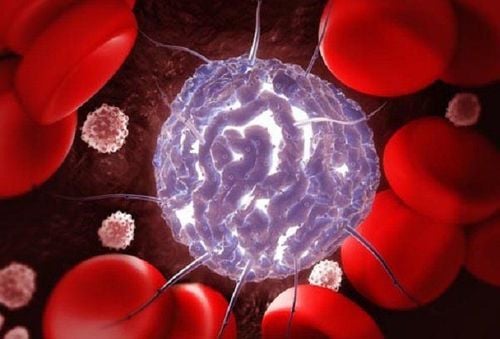
Bạch cầu lympho mạn tính
2. What are the symptoms of hair cell leukemia?
Most people can have absolutely no signs or symptoms of hair cell leukemia. However, during routine blood testing or for another medical condition, the results will show abnormal values on the blood cell lines and inadvertently suggest hairy cell leukemia.
In contrast, a small number of patients with hairy cell leukemia have the following initial signs and symptoms:
Feeling of fullness, loss of appetite, increased satiety due to hepatosplenomegaly Fatigue Easy bruising Recurrent infections Fatigue Weight loss In fact, because hair cell leukemia has a very slow progression and sometimes remains stable for many years after recovery, patients can be examined and diagnosed. When the disease has serious complications, such as:
Severe infection: Reducing the number of white blood cells that play a defensive role in fighting disease will make the body susceptible to infection. Infections can become severe even with common infections. Bleeding: Low platelet count makes it difficult for the body to stop bleeding when injured or can also occur spontaneous bleeding such as from the nose or gums, gastrointestinal bleeding, intra-articular or hemorrhage. Brain. Anemia: A low red blood cell count means that there are fewer oxygen-carrying cells throughout the body, causing anemia to feed the organs, making them less efficient.

Mệt mỏi là dấu hiệu ban đầu của bệnh bạch cầu tế bào tóc.
3. How is hair cell leukemia diagnosed and treated?
If a GP suspects a person has hairy cell leukemia due to abnormal blood count results, he or she will refer him to a hematologist. Here, all the different blood cell lines in the peripheral blood and also in the bone marrow will be sampled and analyzed.
In hairy cell leukemia or other leukemia blood cancers, the number of red blood cells and platelets will be very low, instead of a spike in the number of white blood cells. In addition, the patient may also need an ultrasound or computed tomography scan to further check the liver and spleen.
Because of the slow growth rate, treatment for hair cell leukemia may not require immediate action. Instead, the patient should have regular blood tests to monitor the condition, and treatment may only be recommended if the abnormal white blood cell count is too high, overwhelming the flow of red blood cells and platelets. or if the patient has symptoms. The basic treatment of hair cell leukemia includes:
3.1 Chemotherapy Chemotherapy is the mainstay of treatment for hair cell leukemia, which is usually effective in killing the abnormal white blood cells. . The two main chemotherapy drugs used are:
Cladribine - given by injection under the skin or directly into a vein Pentostatin - given by intravenous infusion every 2 weeks These drugs can make the patient very tired, digestive disorders ... as well as can make the patient more susceptible to infection. Therefore, it is necessary to pay attention to hygiene and detect any signs of infection early so that it can be treated promptly. In addition, chemotherapy regimens include rituximab, a type of drug called a monoclonal antibody, which can sometimes be used in combination with chemotherapy. The drug works by attaching to a protein found on cancer white blood cells and the immune system then targets and kills the abnormal cells.

Hóa trị
3.2 Surgery Surgery to remove the spleen is rarely indicated as a treatment for hairy cell leukemia. However, removal of the spleen will need to be considered when:
The spleen is large and painful or uncomfortable. The spleen destroys a large number of red blood cells or platelets. The spleen does not decrease in size after chemotherapy. In addition, surgical intervention can also be carried out as the initial radical treatment for localized secondary cancers during chemotherapy for hairy cell leukemia.
4. What is the prognosis of hair cell leukemia?
Hair cell leukemia will progress like another chronic leukemia and prognosis depends on how advanced the disease is at the time of diagnosis and how responsive it is to treatment.
With treatment, most patients can achieve temporary remission of clinical symptoms or sometimes permanent cure. Some statistics show that the 5-year survival rate for patients with hair cell leukemia ranges from 84% to 94%, which is better than many other malignancies.
Even so, because hair cell leukemia is a rare cancer, it is difficult to predict exactly how the disease will affect individuals over the long term.
In addition, a risk of developing a secondary tumor has also been noted in patients with hairy cell leukemia as a side effect of immunosuppression of therapy.
Of these, skin cancer is the most common, accounting for 33-36% of all secondary malignancies. In addition, there are prostate or gastrointestinal cancers, non-Hodgkin lymphoma and ovarian, cervical, and breast cancers. It is these conditions that negatively impact the long-term prognosis of patients with hairy cell leukemia.
In summary, hair cell leukemia is a rare form of blood cancer. Because of the limited understanding of the disease, its etiology, treatment, and prognosis are unclear, early detection is the only thing that can be done to improve outcomes. Accordingly, each person needs to pay attention to periodic health screening, in order to have the best protection for themselves and their loved ones.
Vinmec International General Hospital is one of the hospitals that not only ensures professional quality with a team of leading medical doctors, modern equipment and technology, but also stands out for its examination and consultation services. comprehensive and professional medical consultation and treatment; civilized, polite, safe and sterile medical examination and treatment space. Customers when choosing to perform tests here can be completely assured of the accuracy of test results.
Please dial HOTLINE for more information or register for an appointment HERE. Download MyVinmec app to make appointments faster and to manage your bookings easily.




